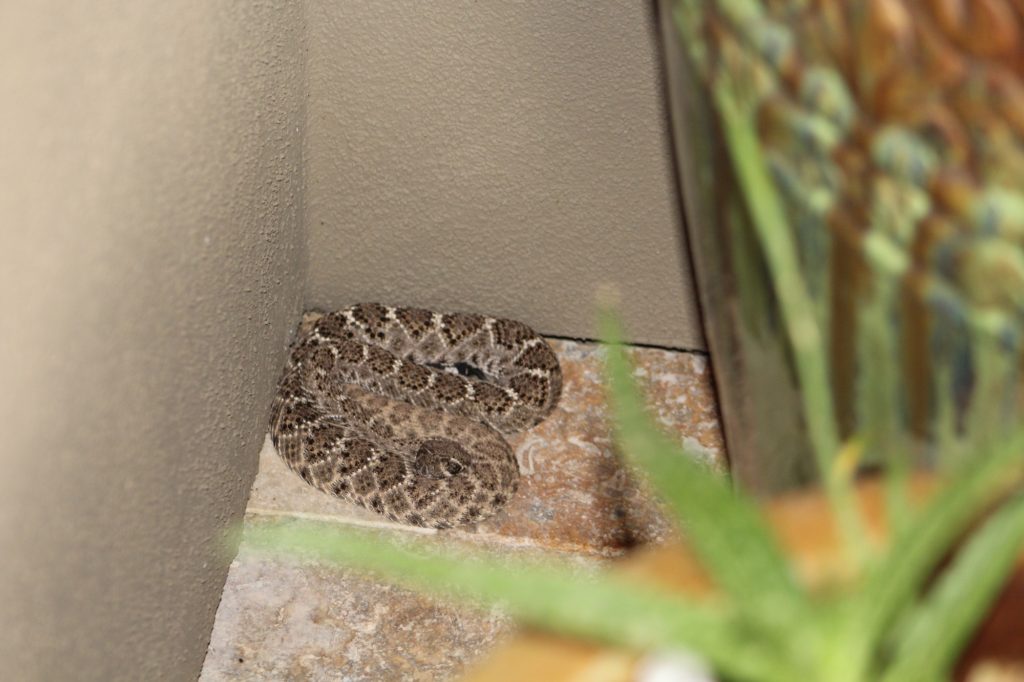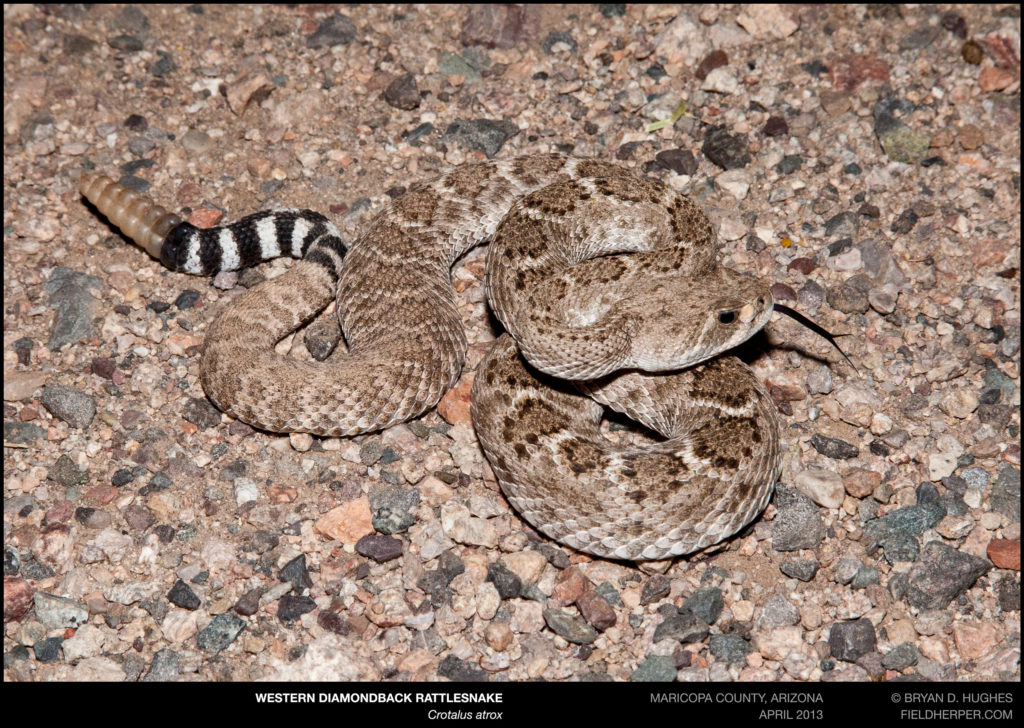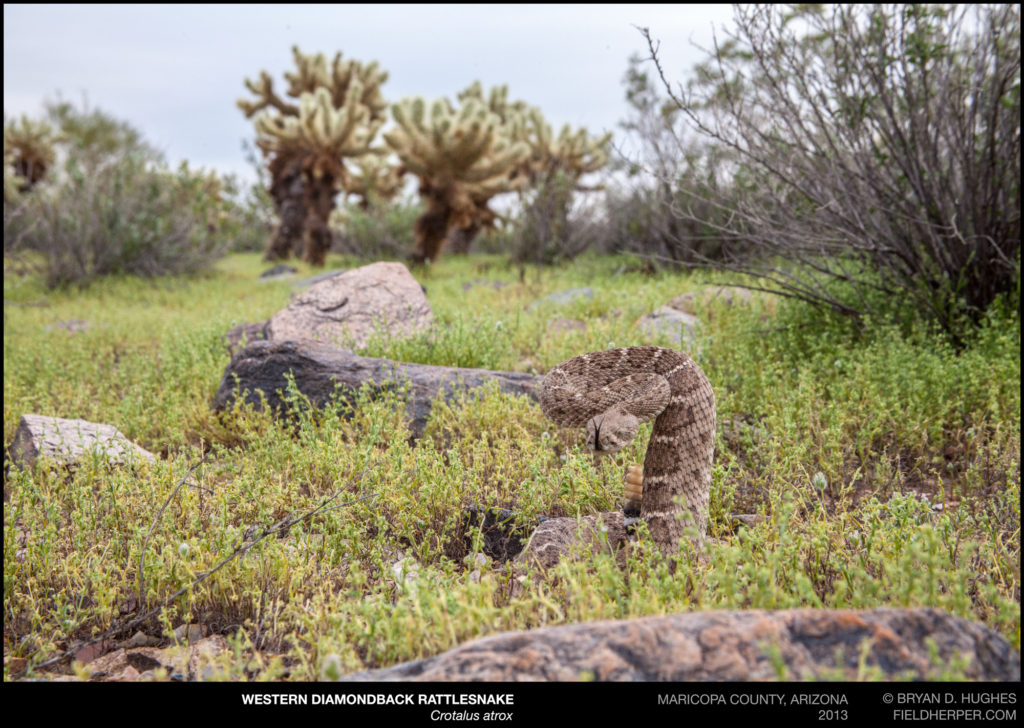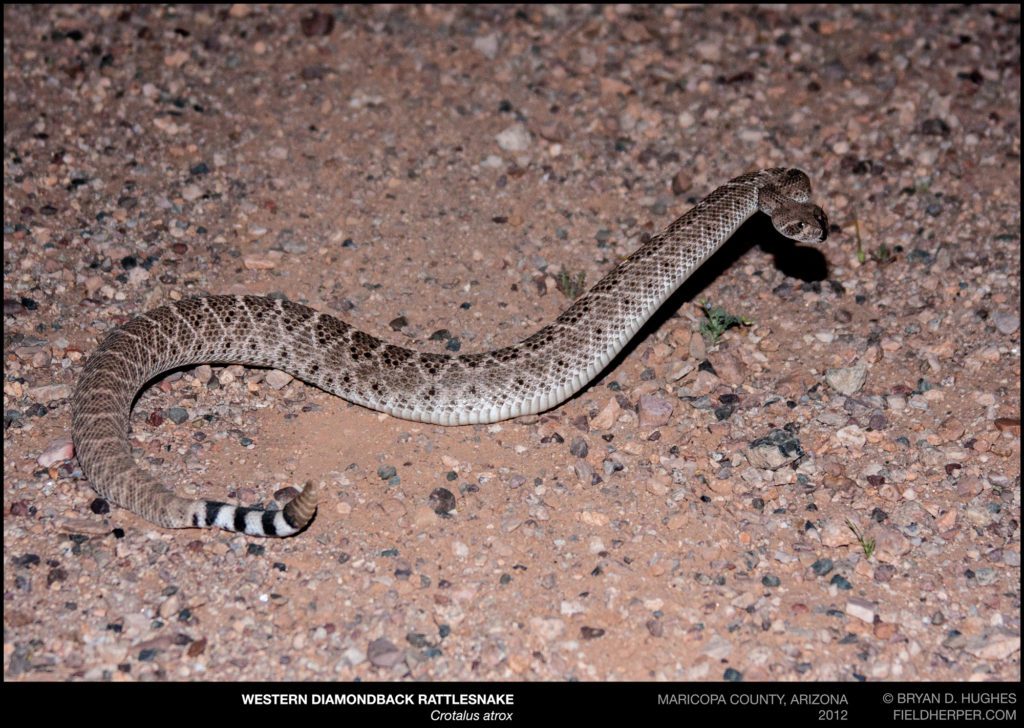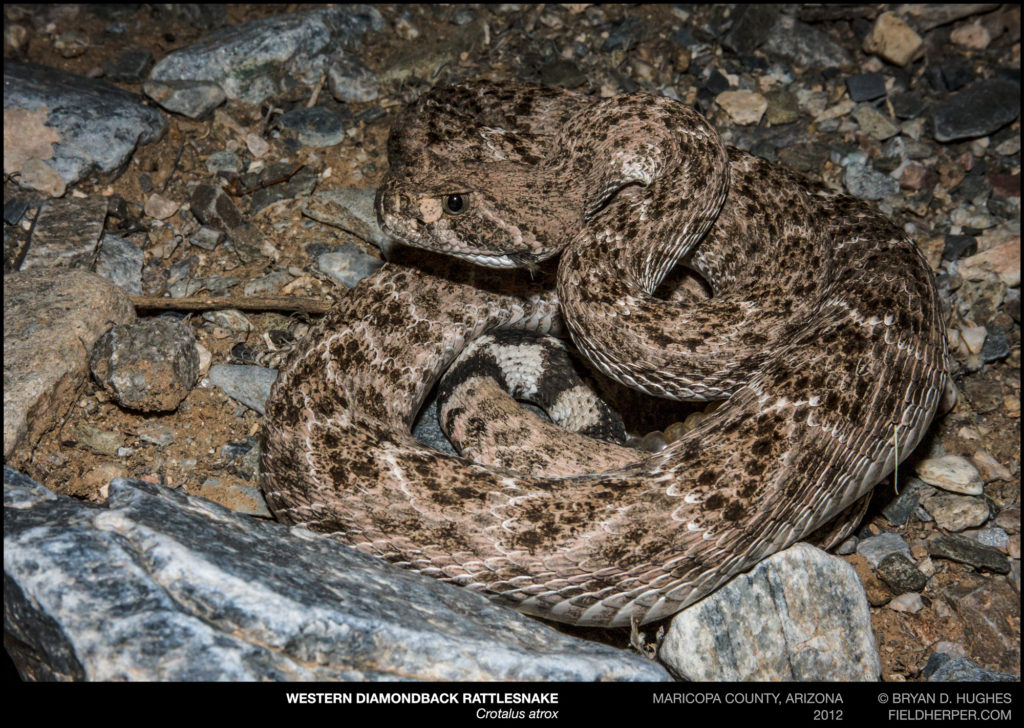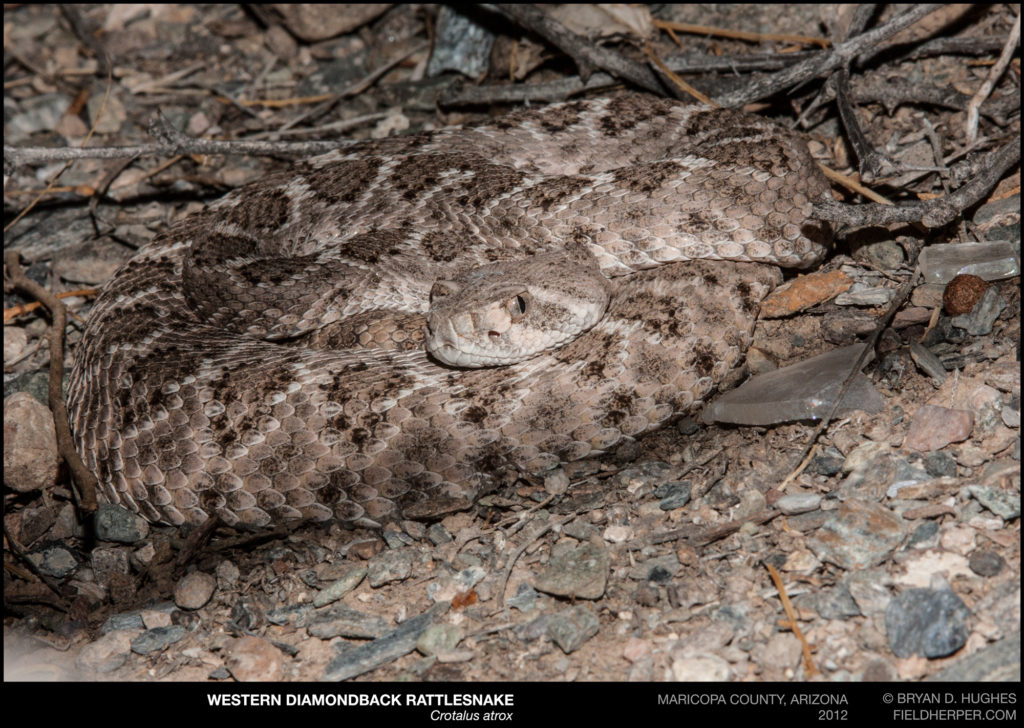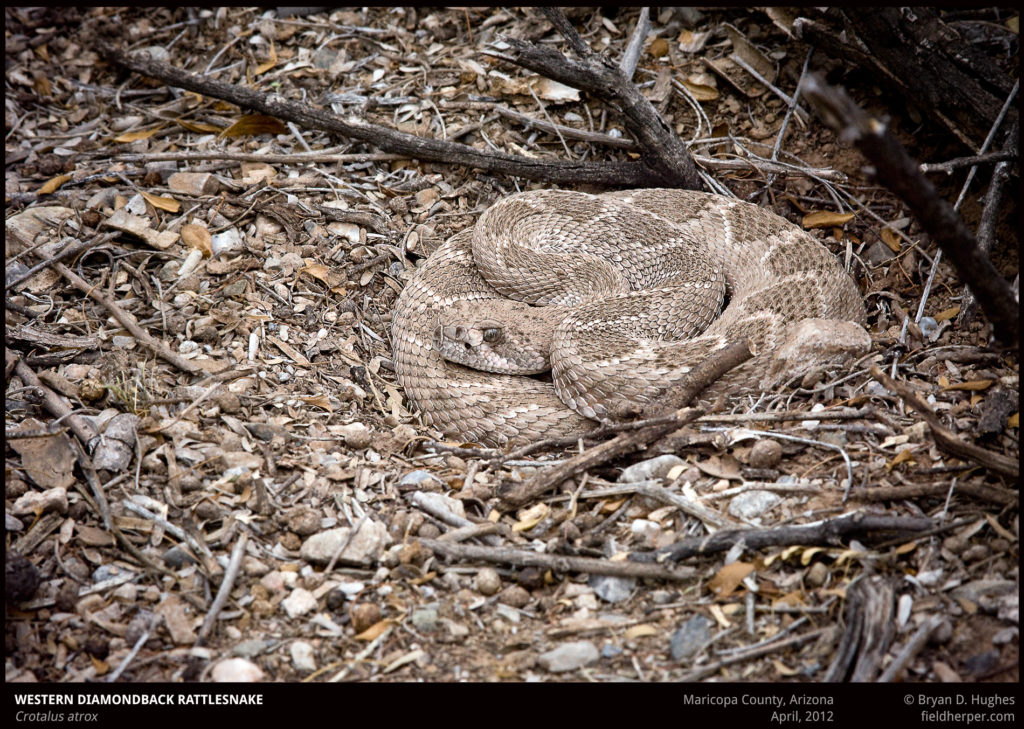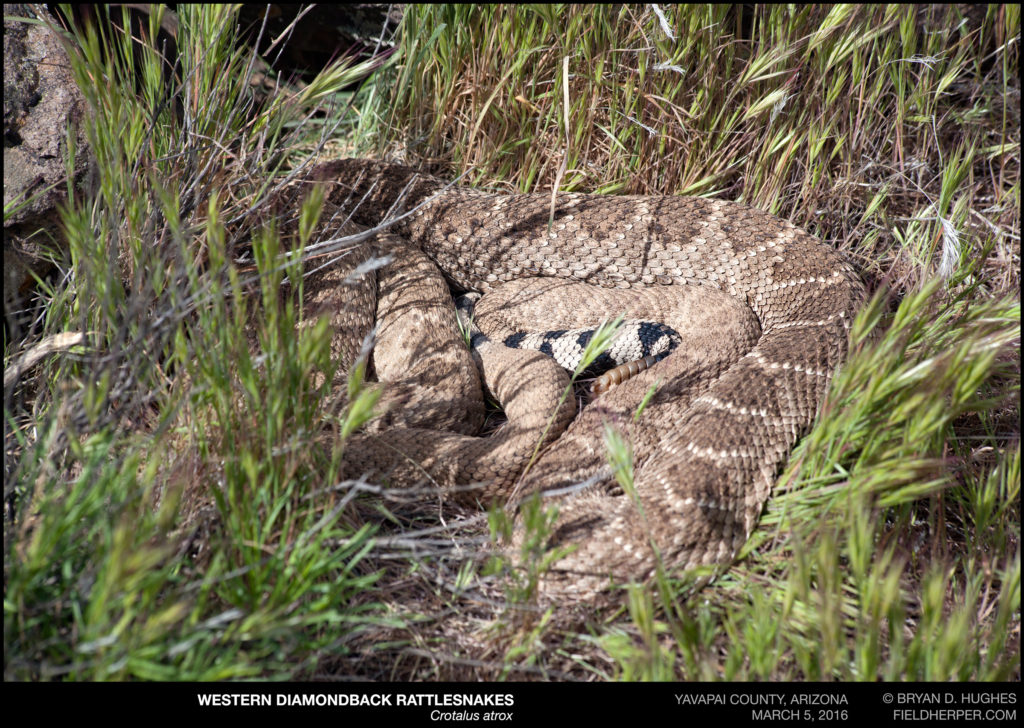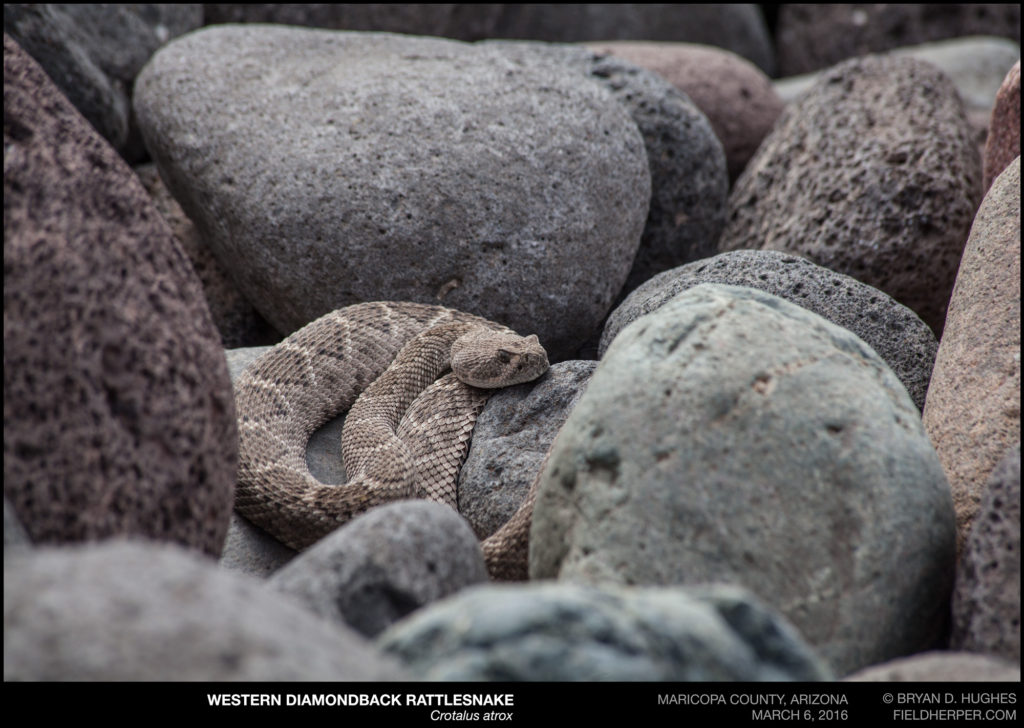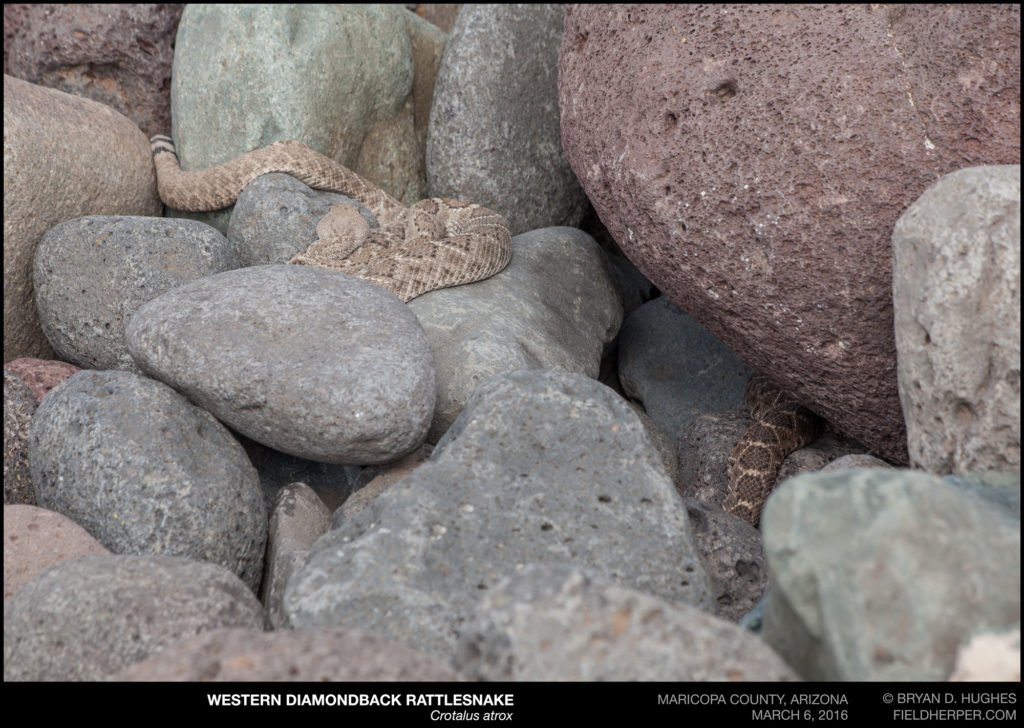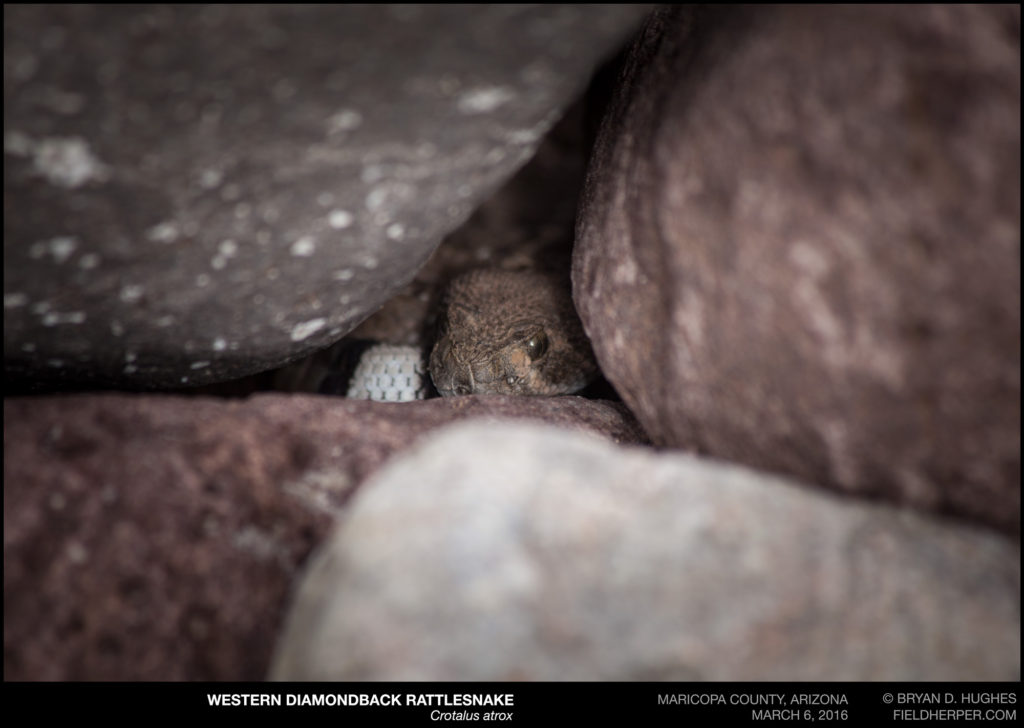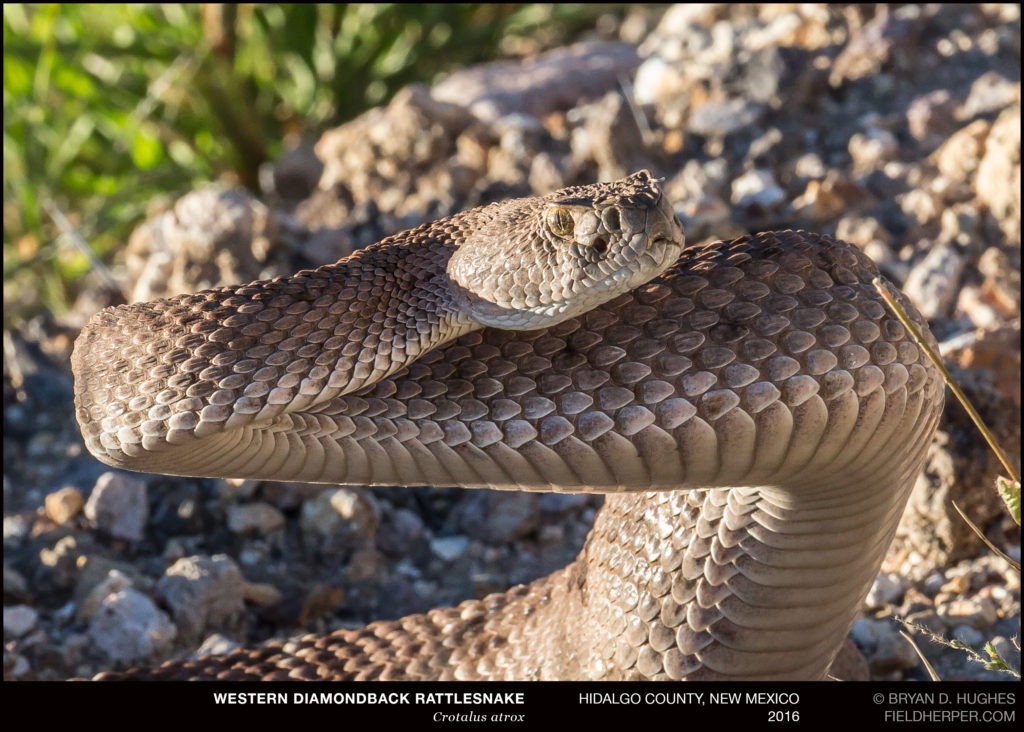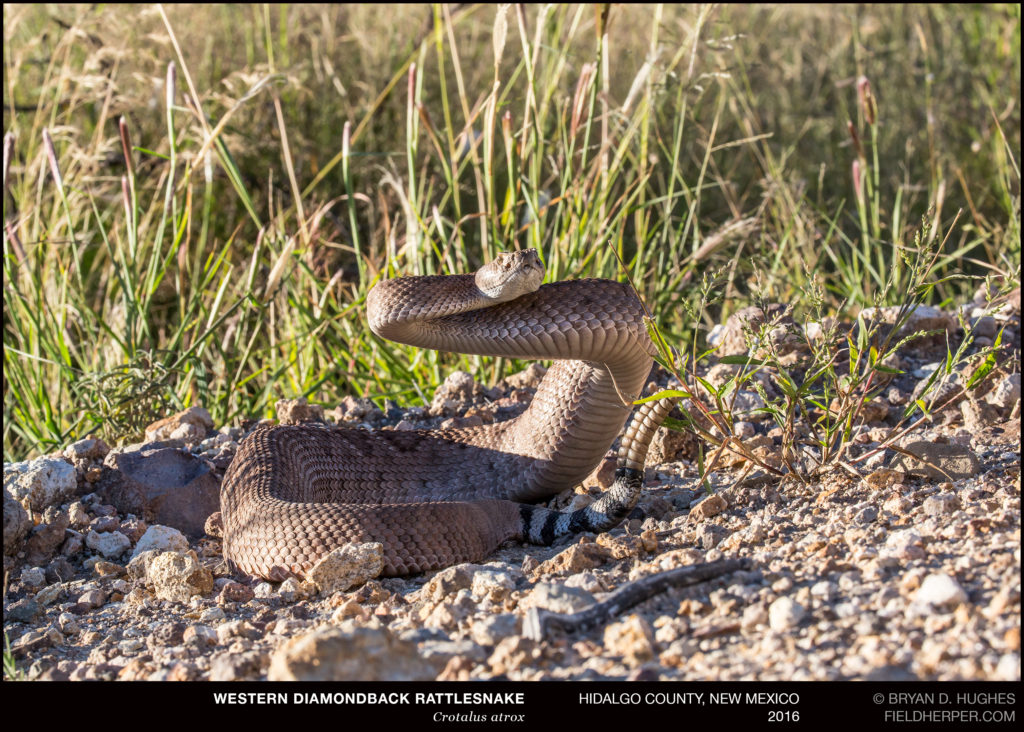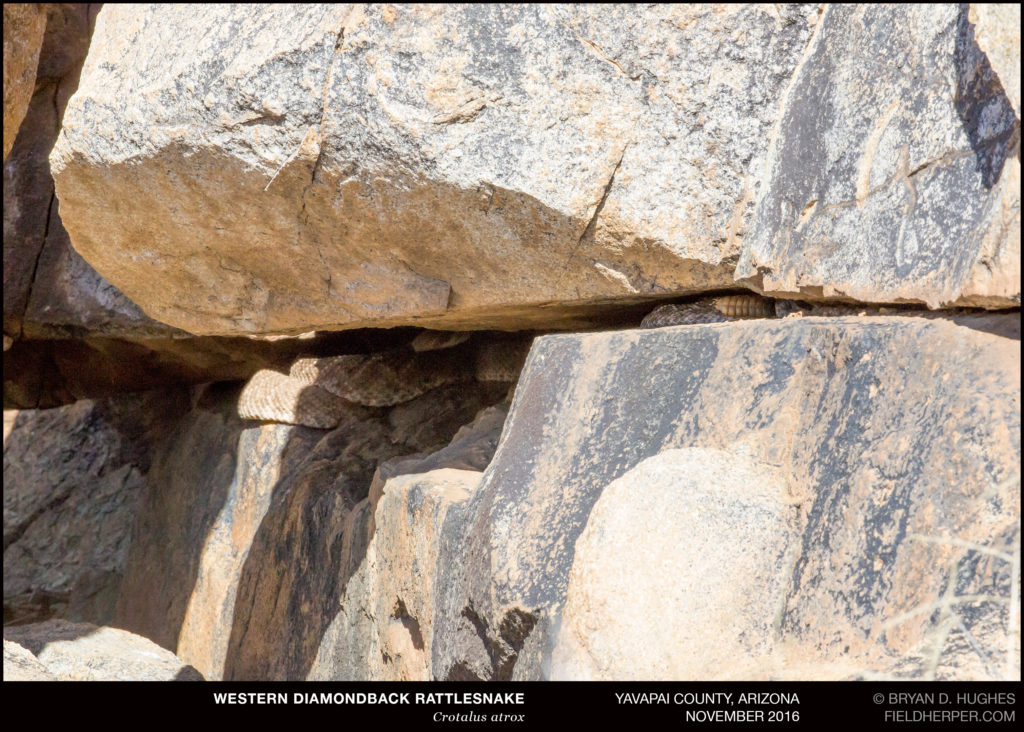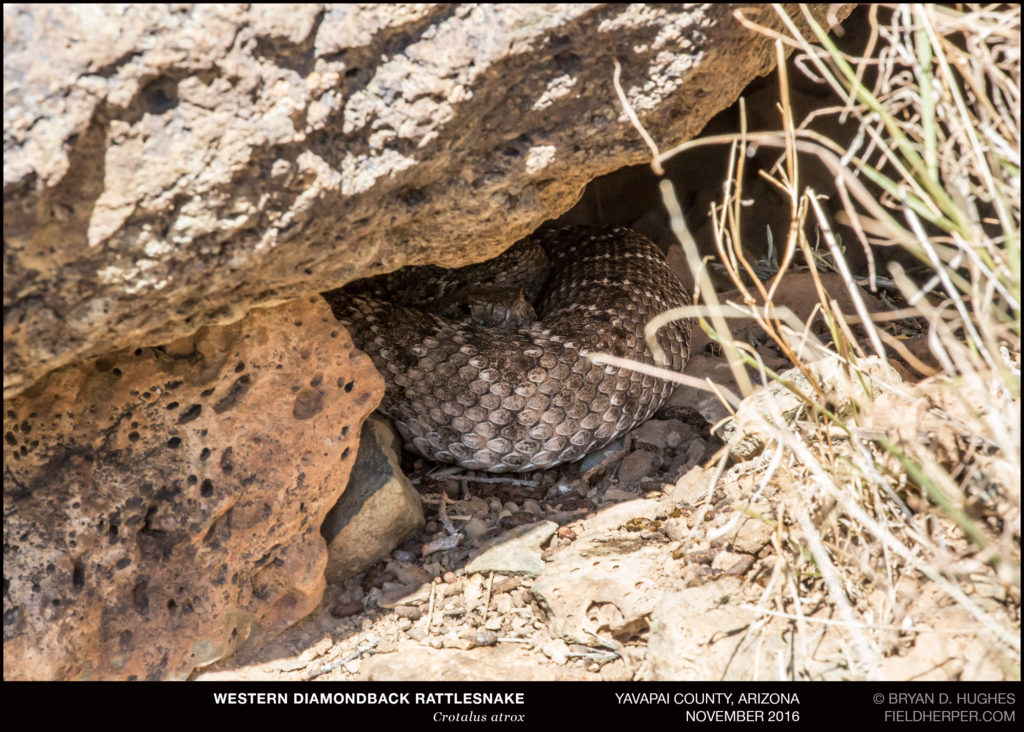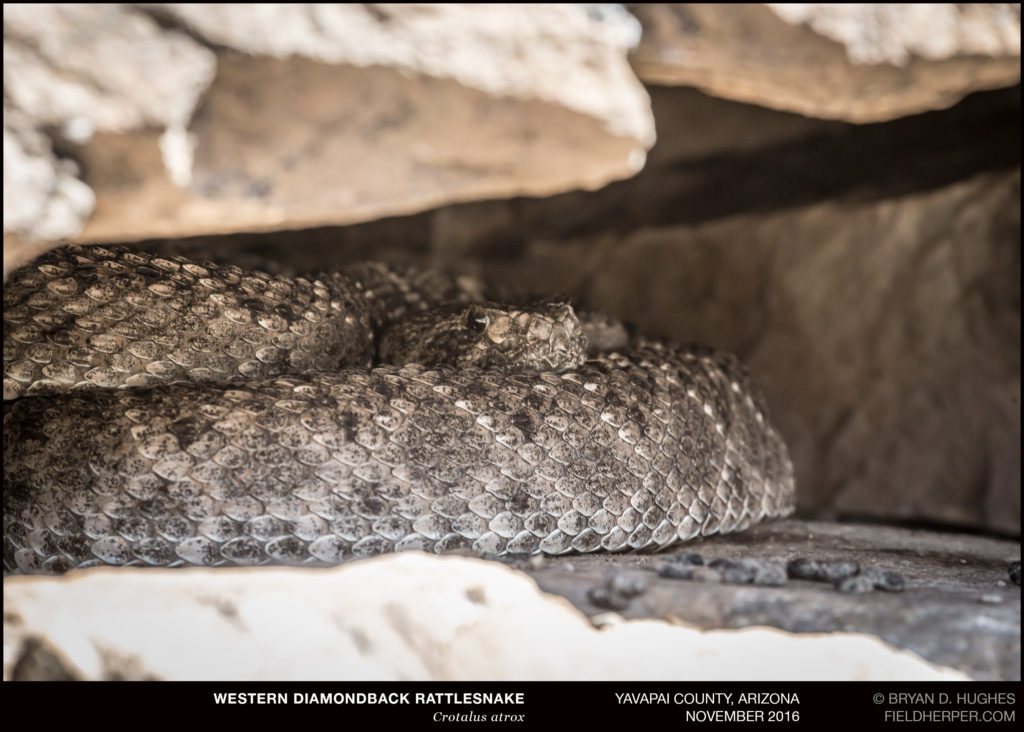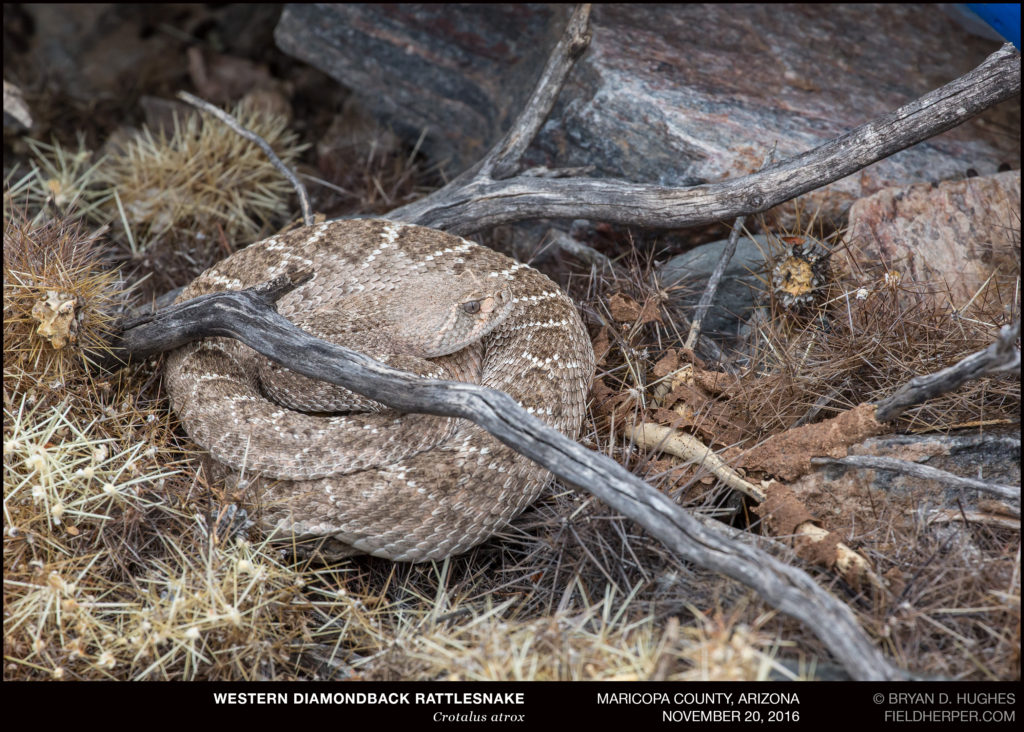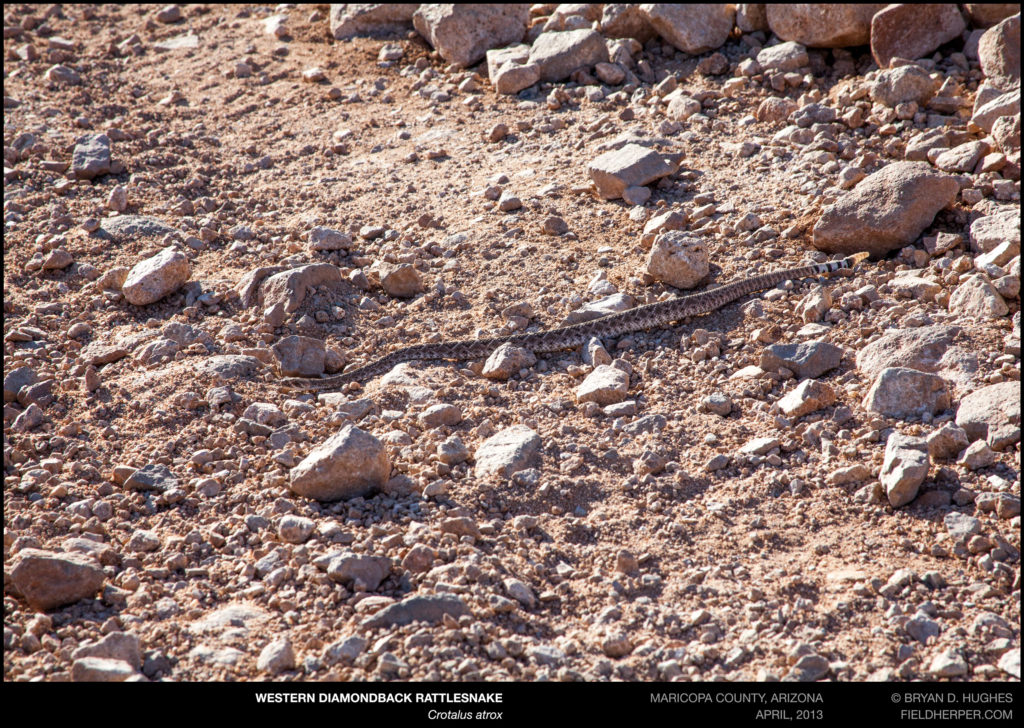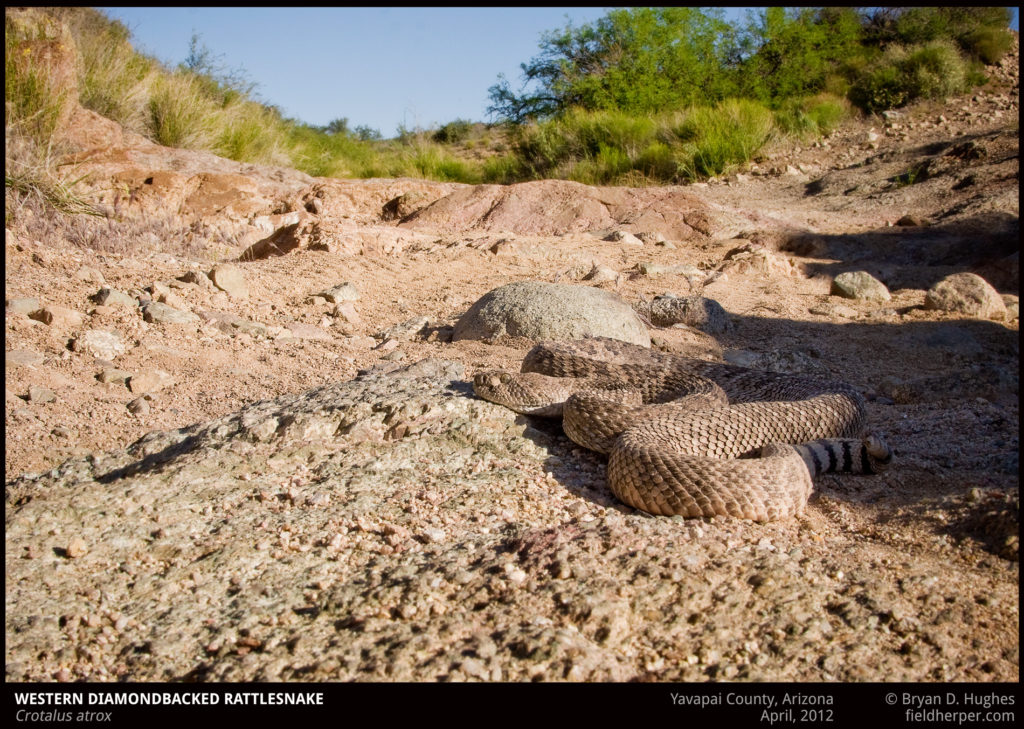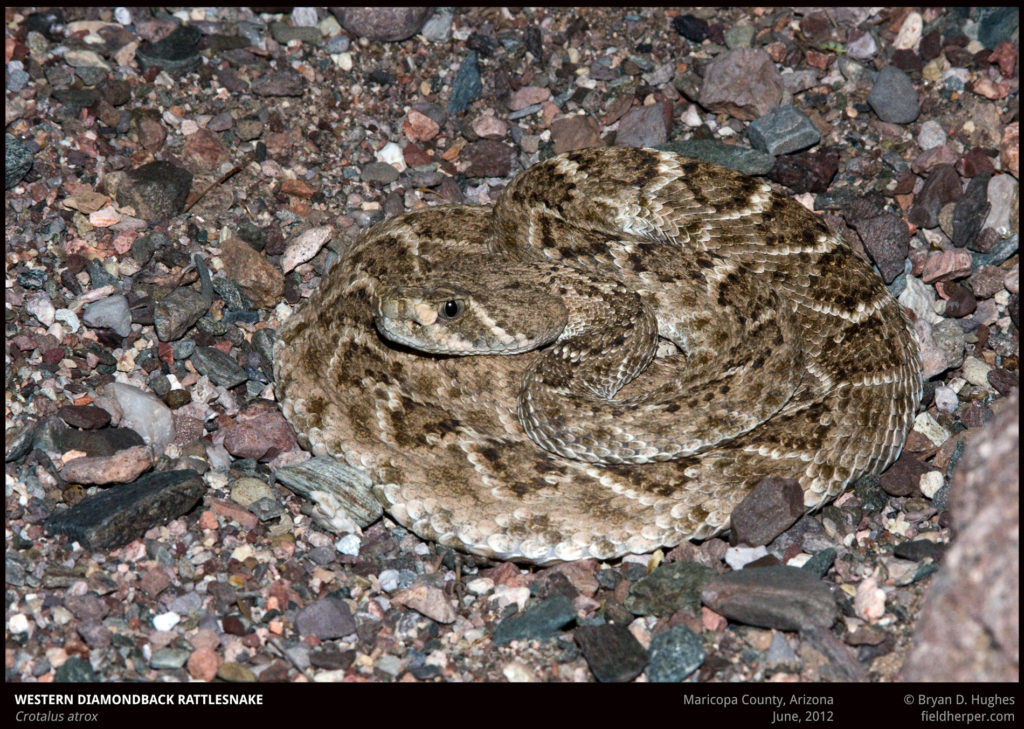Once the weather warms up a bit more, rattlesnakes will begin to come out of their Winter hiding spots and our rattlesnake removal season will begin again. Time for a refresher on what to do if you see a rattlesnake, how they are removed and relocated, and how to keep snakes away.
For immediate rattlesnake removal and snake rescue:
-
Call the 24/7 Snake Removal Hotline: 480-237-9975
-
Watch the snake from a safe distance until help arrives
-
Don’t approach or try and catch or kill the snake yourself.
We are available all hours of the day to catch and remove snakes from your property anywhere in the Phoenix and Tucson metro areas. When you call, you’ll be asked some basic information, like your zip code and what the snake looks like, and someone will be on their way immediately.
It may be scary for you, but the snake is also scared and will try to get away if it thinks that it’s been discovered. That’s why it’s important to find a safe place to hang out and watch the snake directly until someone arrives to remove it. Often, the snake is scared to move because it may feel that its camouflage is doing the job, and to move would give it away to the “predator” (in this case, you). The moment the threat is gone, the snake will often quickly slip away to a nearby hiding area, or just leave the property entirely. I can’t stress enough how important and helpful it is to watch the snake until we get there … many snakes have escaped when the home owner figures the snake is asleep and leaves it alone.
Once help is on the way, everything else will be taken care of by us. There is no reason to approach the snake to capture or kill it. Sometimes neighbors want to help and come over after we’ve already been dispatched. Though they may think this is just the neighborly thing to do, they are just putting themselves in danger needlessly, when the situation has already been responsibly handled by you, having called a professional to safely and humanely relocate the snake.
Rattlesnake removal calls need to be answered and serviced quickly. While snakes may hang around an area for days, the most effective situation is to have the snake removed and relocated by a professional snake rescue organization immediately. We are used to being called late at night and early in the morning, so if you need to have a snake removed, don’t hesitate.
Some snakes that are removed aren’t rattlesnakes at all, or even native to Arizona or the United States. Occasionally, we will get a call for a Burmese Python or Boa Constrictor that has either escaped or been released by irresponsible owners. In these situations, we capture the snake as usual, and find homes with an experienced keeper or snake rescue organization. These snakes are never relocated to the wild after being captured – this is both for the safety of the snake and the native snakes that could possibly be infected by disease or parasites carried by the animal, among other reasons.
Sometimes there are multiple snakes to be removed …
As you watch the snake and wait for a removal expert to arrive, be aware that in some circumstances, there may be more than one snake present. During the Spring, especially, rattlesnakes are coming out of Winter den situations, and are looking to court and mate. During this time, it is much more likely to run into multiple rattlesnakes together, and to find a female of breeding age is also to find males nearby looking to mate.
During the late Summer and Fall, rattlesnakes give birth to live young. We remove all snakes together and hold them until the first shed, usually just a few days away, then release them all together to proper habitat. If you do see a rattlesnake with babies, be especially careful as the little ones move around and may not all be in the main group.
What happens to them after a snake removal?
They are released, sometimes after getting a drink of water. This is not only our preference as Arizona citizens who appreciate wildlife and want it to survive, but the rule of law according to the Arizona Game and Fish Department. Rattlesnakes rescues are not to be released more than 1 mile from the capture site, and it is recommended that they are released only 1/3 of a mile away. Some low cost options just move them to the edge of the property and dump them over the fence.
This means that the process of removing a rattlesnake and relocating it to a place where it will both survive and not return to the yard can be complicated. While it’s easy to just dump the snake out on the ground and be done with it, this isn’t good for the snake or the home owner.
Rattlesnakes are actually very fragile animals, and will die if their body temperature gets above about 105F-110F. Anyone that’s run out to get the mail on a Saturday in Phoenix knows the ground gets much hotter than that very quickly. Rattlesnakes need to have deep, cool cover available to them in order to survive, so snakes just moved out and left to crawl off on hot days will almost certainly not survive. Then, too, those that do could just crawl into the neighbors yard, or try and return to the area where they were before.
Rattlesnakes have a home range, and we try to relocate them to suitable habitat on the far side of that range. While it’s mostly just a guess where “home” is for a snake, we can make some pretty good assumptions based on our field research and knowing where and how to find rattlesnakes in the wild. This involves finding the nearest natural drainage or wash, and assuming the snake’s activity is in some way associated with it. In the wild, drainages can be a hub of wildlife activity, providing shelter opportunities, moisture, and generally cooler temperatures than the open desert. Using Google Earth, we estimate an appropriate area where the snake has the best chance to survive, and hike it to this spot to release it. The snake is released right into the cover area, and we never leave until we are sure the snake has crawled fully out of the sun or the reach of predators.
Here is a video of a rattlesnake release after a removal in the Phoenix area, with many more details about this process and the careful detail required to keep snakes safe and away from people.
So won’t they just come right back to the house?
It’s certainly possible, but it can be prevented. First, we try and find a location that offers everything the snake needs to survive after the ordeal of relocation. Deep caves, areas near water and hunting opportunities, and places where snakes have actually been found during scouting trips or signs of snakes are there let us know that the release point is good for rattlesnakes to live. Research on translocation of some species of rattlesnakes show that new areas can be incorporated into the home range, and the snakes don’t lose weight or die if done correctly.
The next step is to try and figure out why the snake showed up in the yard in the first place, and what can be done to correct it. Sometimes, it is very obvious … snakes need what all animals need; food, water, and shelter. Provide any of these items, and wildlife will show up to take advantage of it. We work with home owners to keep snakes out of the yard for good by identifying things that brought the snake that was removed to the home to begin with. Finally, rattlesnake fencing can be installed to create a physical barrier to remove all doubt.
What kinds of things could be attracting snakes to the yard?
That means that anything that attracts rodents will also attract snakes. Even well off-property, scent trails left by rodents can be tracked by rattlesnakes that want to eat them and end up in the yard. Many things attract rodents, too. Common situations that we have removed rattlesnakes in ambush near include outdoor dogfood storage, bird feeders, compost bins, messy garbage areas, and BBQ islands. If rodents are present, rattlesnakes have good reason to show up, too. Rattlesnake removal is always an option, but just keeping them away is best.
Finding a place to hide is an important part of a rattlesnake’s survival in the Arizona desert. Rattlesnakes removed from homes are often just using the structure for shade. Landscaping features can also play a part. A common area we are called to remove rattlesnakes from are decorative rock piles with poorly sealed concrete, near pool areas and the edges of property. Any sort of debris, too, should be cleaned up so that there are no opportunities for snakes and other wildlife to live there. Remember, even if an area isn’t good for a snake to hide in, if rodents can use it, then it is useful to a snake. Keeping your property as clean and orderly as possible will help keep it from being used by snakes. This can be difficult to control in a neighborhood, however, since not all properties are properly maintained, and just one extra-messy yard can bring rodents and snakes into all of the surrounding homes.
Water is also essential, and snakes often come into yards to have a drink when it’s freely offered to them. Swimming pools are an obvious source, but there are a lot of other common water sources. A leaky hose, bird bath, or decorative pond are all likely attractants for snakes. We’ve done hundreds of rattlesnake removals to homes with a dripping spigot. If you have any issues with the landscaping plumbing, they can attract snakes.
Rattlesnake removal is not a Do-It-Yourself activity
Even if you’ve seen someone do it or watched some YouTube videos, there is quite a bit going on during a rattlesnake removal that isn’t always obvious. There is a right way, and a dangerous way. There is no learning curve, and a mistake can land you in the hospital or worse. Of course, the snake often suffers from mishandling as well. It is simply not worth the risk to attempt rattlesnake removal without proper training.
A common thing we see are snakes that are improperly picked up with snake tongs (one tool we use to capture snakes). These tools are meant to gently grasp a snake so it can be captured and relocated. Too often, snakes are picked up in a death-grip by the tongs, in fear that that the snake could escape them. This causes the snake to thrash around in pain, causing the grip to become even tighter. They are also often picked up just behind the head and gripped as tightly as possible, again causing the snake to thrash around and injure itself. If a snake starts thrashing around with it’s mouth open when being picked up by tongs, they are being used improperly. This is of course deadly for the snake, and makes a much more dangerous situation for the person using the tools.
While some people certainly do learn to capture and remove snakes by themselves, it’s something best left to those with the experience to do it safely and ensure that the snake will survive the encounter.
Why do we charge for rattlesnake removal services?
This comes up quite often, actually. We do charge a modest fee for our snake removal services. This is, after all, the capture, handling and transport, and release of a potentially deadly pit viper. We also bring many years of experience and expertise tracking and finding rattlesnakes in the wild, and can translate this activity into your yard to see things that other snake removal services can’t. We also give back to the community by offering dozens of free educational presentations to communities and groups around the state. We feel that this is a professional service to the public that is worthy of compensation. Some day, we hope to work with cities to provide our rattlesnake removal service to the community as a public service, but in the meantime, we are a small, family-owned business.

